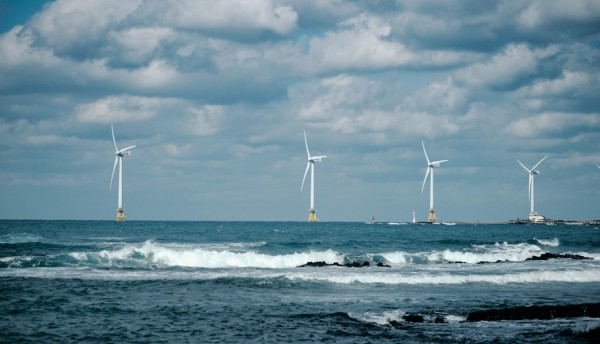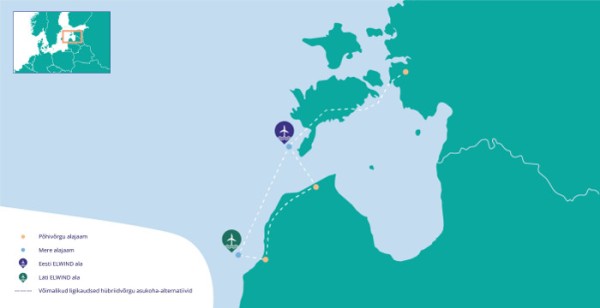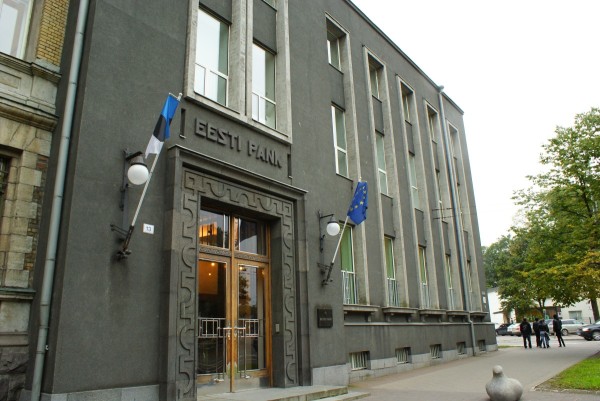
The total capacity of the planned project will be 700MW to 1GW, improving energy security and lowering prices. The offshore wind installation is forecasted to become operational by 2030.
According to Sikkut, the study had selected the Sõrve peninsula on the island of Saaremaa for two reasons: preferable wind and ice conditions, and its distance from the habitats of seals, marine creatures and bird migration routes.

Before pinpointing the Sõrve peninsula, Latvia announced plans for a wind farm in the larger Courland (Kurzeme) maritime area in mid-September.
The two countries’ transmission system operators (TSOs), Elering and AST, joined forces in 2021 to identify the best offshore and onshore routes and grid solutions. That same year, Elering also revealed its plans for a large offshore grid connection in the Baltic Sea, for which ELWIND would be the first step.
Advertisement / Reklaam
Advertisement / Reklaam



